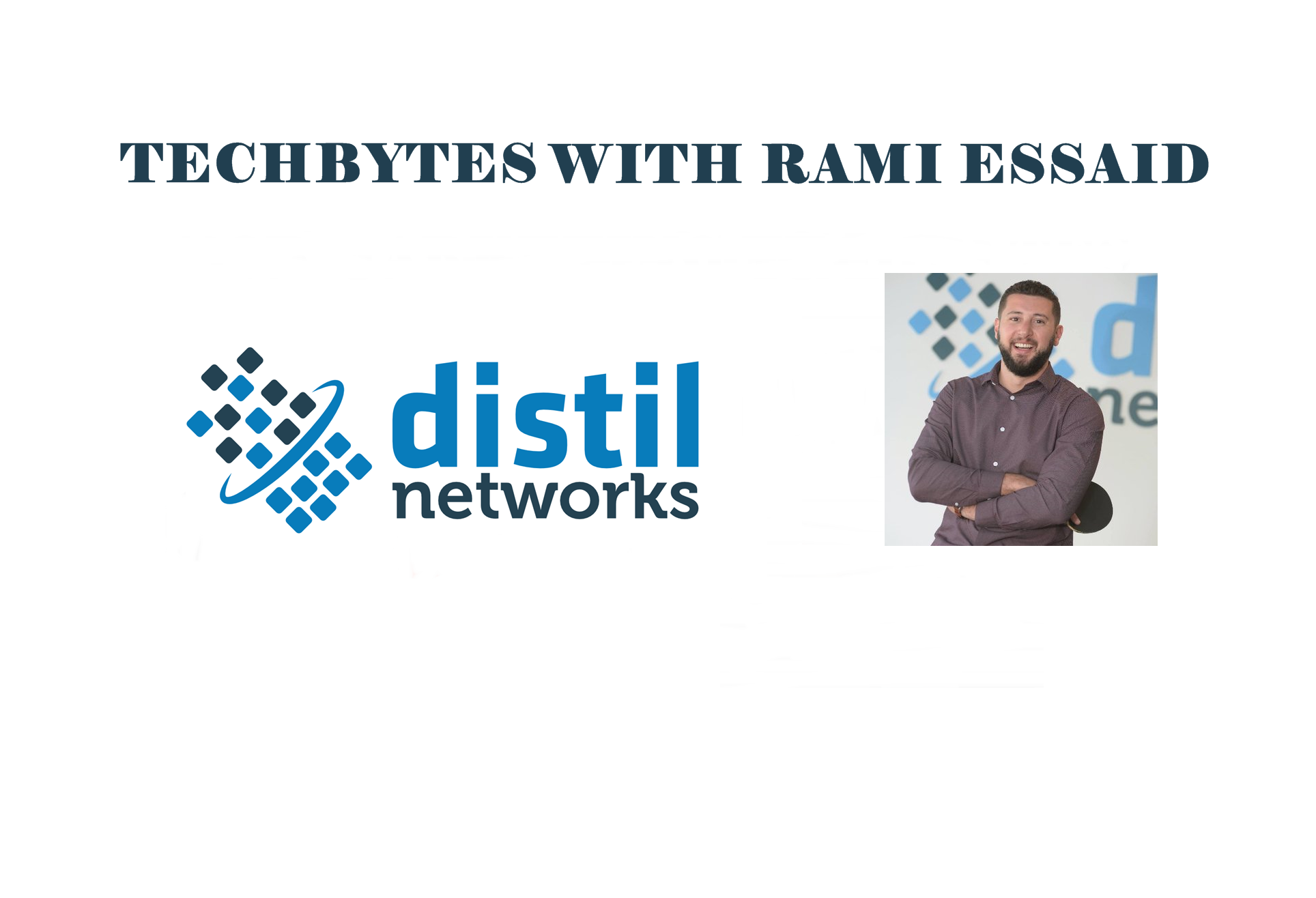Whether you’re managing a modern marketing transformation, rolling out a new lead flow process, or simply re-painting your office, change comes with difficulty. No matter how great the vision, how fantastic the plan, or how awesome the paint, change is HARD. Any change you implement will be wrought with challenges. Despite the adversity, as long as you remember that obstacles are not roadblocks, you can and will succeed. With a clear vision and a strong set of tactics for managing change, you will effectively get where you’re going.
Change management remains a hot topic in the business world. Countless books, resources, and college courses are dedicated to it. Although there are many sound approaches, here are five key actions that I’ve seen make a huge difference when rolling out change in any organization.
Have a Roadmap
You need a vision. You need to know exactly where you want to go and what you want to accomplish. The most important part of your vision is the ability to spread your passion so others, specifically your key stakeholders, believe in it as equally as you. How will this change positively impact them and the company? What will you/they/the business gain from this change? The key is sharing the WIIFM (What’s In It For Me?). Never underestimate the power of connecting the dots for each person involved. Tell them exactly how they will benefit.
 As important as vision is to the success of your initiative, you will fail without a detailed plan. Before embarking on any initiative, clearly document what you plan to accomplish. You need to explain, in detail, your objectives, milestones, actions, resources, timeline, metrics, etc. Keep in mind, you won’t have it all worked out. Consider this plan a roadmap for how you will get to where you need to be. The final plans won’t be possible until you’ve done your due diligence in discovery with key stakeholders.
As important as vision is to the success of your initiative, you will fail without a detailed plan. Before embarking on any initiative, clearly document what you plan to accomplish. You need to explain, in detail, your objectives, milestones, actions, resources, timeline, metrics, etc. Keep in mind, you won’t have it all worked out. Consider this plan a roadmap for how you will get to where you need to be. The final plans won’t be possible until you’ve done your due diligence in discovery with key stakeholders.
As part of your planning, list any and all potential issues and bottlenecks, and devise alternative solutions if these problems arise. Don’t wait for issues or objectives to be brought to your attention. Have your own objection-handling guide so you’re prepared in advance.
Know Your Stakeholders
Although you are leading the project, you cannot succeed without buy-in and support from everyone affected by the change. Your initial goal is to share your vision and objectives with all key stakeholders, but you’ll need their insight, ideas, and support to add perspective to your plans. As you draft your initial roadmap, list all key stakeholders. Who will be affected by this change? Who will benefit? Who will need to execute certain parts of the process? You may find it easier to categorize individuals by function, level in the organization, business unit, product line, etc. to structure your thinking.
Once you have your list of stakeholders, make a note of which ones may serve as internal champions. You’ll want to spend extra time securing their buy-in so they can spread their support for your undertaking. Once identified, draft personas for these key individuals. Define their current role, proposed role, required process changes, etc. Document their needs, challenges, desires, and potential objectives. Keep in mind that much of this information will require conversations and interviews with these individuals.
Recommended read: Five Ways to Get Personal with Your Marketing
The reason for drafting personas is two-fold:
– It will ensure that your process and plan addresses the needs of all stakeholders as well as the organization. One person can’t know it all. Take the time to learn from others so your plan will be that much stronger.
– When you include key stakeholders in the planning process, you’re naturally acquiring their buy-in. They will be much more supportive when they’ve played a role in the development. When their needs have been addressed and their concerns have been taken into account, an individual’s participation and adoption is much higher. Remember, the more they see the WIIFM, the more they will buy in.
Conduct Lots of Training
Now that you’ve developed your roadmap, gone through discovery with your stakeholders, and finalized your detailed plan of action, your next key step is training. Everyone involved in the process needs to understand their role, their importance, and of course, what’s in it for them. They also need to understand the details behind execution. Review the overall plan, expectations, and goals with the entire team. Each individual should get detailed training on every step of the process. In some cases, an SLA may be required. In others, detailed documentation and consistent reviews will suffice.
As part of your training, be clear about the feedback loop you’re implementing. Everyone should know how, when, and to whom they should ask questions. Make sure to include opportunities for them to share what’s working and what’s not. In some cases, like with a formal SLA, this will be clear. In others, it may not be as obvious. Take it upon yourself to remove ambiguity in the process. Ensuring there is an open and continuous feedback loop is imperative for the success of your program.
Don’t forget to follow-up regularly to ensure the process is being followed and that no questions have arisen.
Get Some Quick Wins
It’s always important to think long-term, but it’s equally important to get some quick wins. Don’t try to boil the ocean. Look for short-term successes that can be felt throughout the organization. Maybe you can tackle a campaign, automate a difficult process, or streamline an old process to show value right away. It’s easier for people to get on board when they see the WIIFM quickly.
Once your plan is developed, break long-term goals into milestones. Break your milestones into short-term goals. Break your short-term goals into actions. Break your actions into tasks. You get the idea. The goal is to make your long-term goals as tangible as possible. Design your short-term actions so that each one has a measure of success that people can feel.
Most importantly, celebrate success! Especially in the beginning, celebrate every win, every efficiency gain, every conversion, every everything. Highlight how Mary from Sales or Joe from Customer Service or Luke from Marketing contributed to the success. Reinforce your message, your process, and your people whenever you publicize results to the organization. Gain traction quickly so you can really take flight.
Communicate, Communicate, Communicate
At the essence of each point iterated is the notion that you have to communicate. At each stage of the process, you need to communicate results, changes, enhancements, growth plans, etc. Communication does not stop after rollout. In fact, it is just beginning.
Devise a clear communication plan up front. Consider each stakeholder and what he/she needs and wants to know. In the spirit of marketing automation, personalize your communication to each persona. Don’t send the same message to everyone. Communicate what matters most to each individual. Consider various modes of communication as well. How and when you deliver the message can be equally as important as what you deliver. Different individuals may need to hear your communication at different times and in different ways. Include these variations in your plan.
As you develop your messaging, keep in mind that you will continue to have stakeholders at various phases along the adoption curve. Some will be champions, some will be laggards, and the rest will fall along the spectrum. Craft your message knowing that each individual needs to hear various messages – congratulations on successes, deeper explanations of WIIFM, potential solutions to current challenges, etc.
In your communication plan, include the recipients of your message, their potential adoption rate, pertinent messaging, channels of communication, timing, etc. Detail as much as possible so that you’re in a better position to continue your communication over the long term.
Also Read: Five Successful Digital Campaigns












Comments are closed.